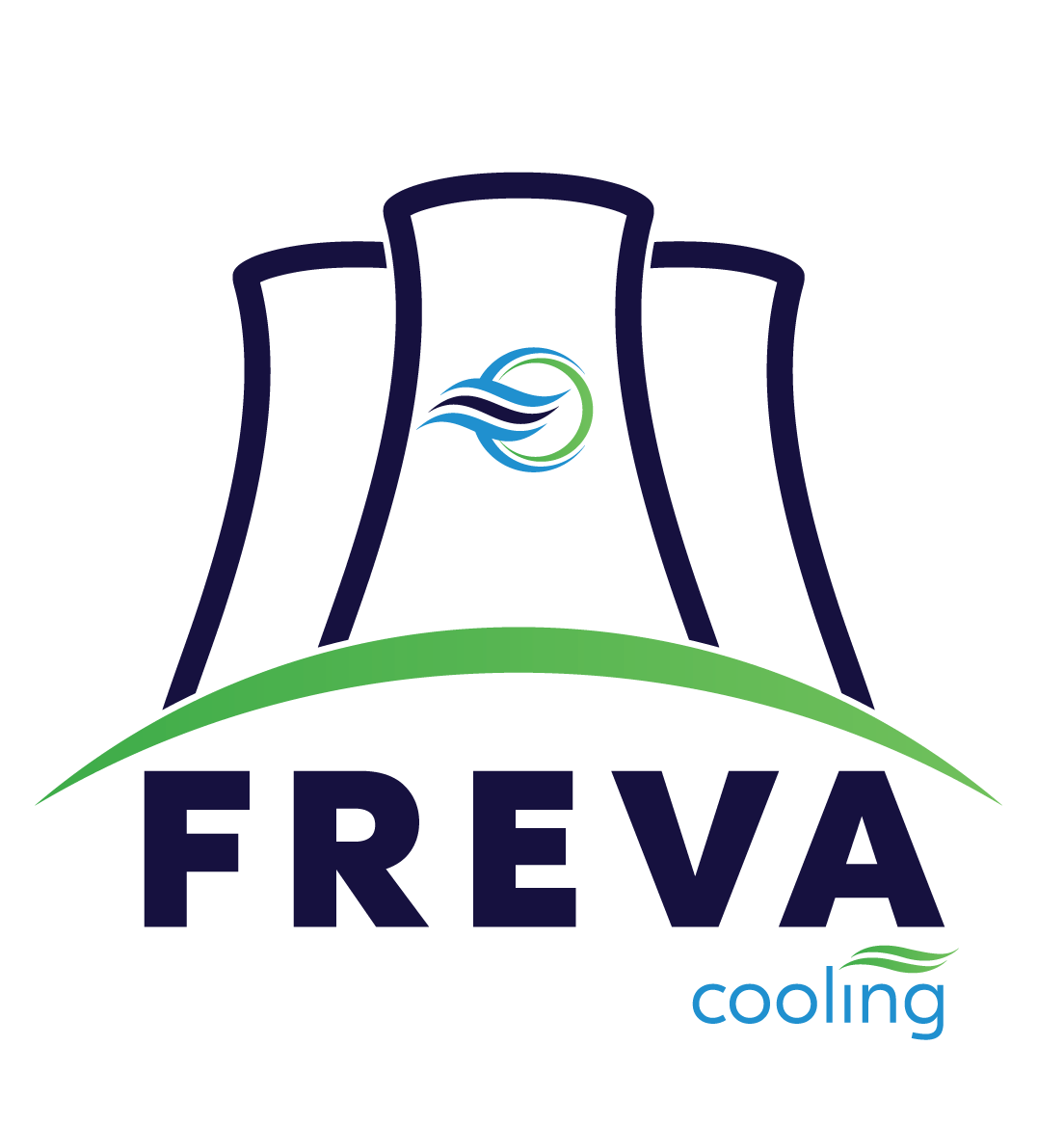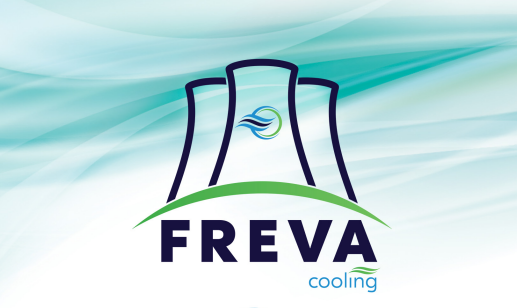Not all types of cooling towers are suitable for all applications. Cooling towers are designed and manufactured in various types, and there are many sizes available for cooling towers. When determining the right cooling tower for a project, it is necessary to know the various types, their advantages and limitations. When first choosing a cooling tower, it's important to know some of the basic functions of how it works and the factors that affect its performance, so you can make an informed decision when it comes to choosing size and type. If your cooling needs are for a single piece of equipment with a known heat load (kW or kcal), choosing a size is sometimes an easy task.
However, if you are in charge of an industrial power plant, you will most likely choose a larger cooling tower. Usually a cooling tower cools several pieces of equipment, requiring multiple calculations. In large HVAC applications, building size and capacity are used along with the local environment to determine the capacity needed.
Cooling Tower Capacity Calculation
First of all, the amount of heat that will come from the system to the cooling tower must be known in kW or Kcal. Information on the temperature (°C) of the hot water coming from the system to the cooling tower and the temperature (°C) of the cold water requested from the cooling tower is required. Once this information is obtained, we can calculate the water flow rate (l/s) that will come to the cooling tower.
Cooling tower capacity formula:
Q = m × c × Δt
Q = Cooling tower capacity (kW)
m = water flow rate
Δt = Temperature of hot water entering the cooling tower (°C) - Temperature of water leaving the cooling tower (°C)
= Constant 4.18
Note: The value 4.18 is for water.
Cooling Tower Capacity Calculation Example
The hot water temperature generated in the compressor device found in a business is 38 (°C). The compressor needs a cold water temperature of 33 (°C) to operate optimally.
The flow rate of water circulating in the press is (20 l/s). What is the cooling tower capacity needed for the compressor to operate?
Cooling Tower Capacity Calculation Solution
Q = m × c × Δt
Q = 20 × 4.18 × 5
Q = 418 kW
Cooling tower capacity is 418 kW
Drift Loss in Cooling Tower
One type of loss is drift loss in a cooling tower or wind. Drift loss is considered as a function of drift eliminator design as:
Drift loss = 0.3 to 1.0 percent of circulating water flow rate for a natural draft cooling tower
Drift loss = 0.1 to 0.2 percent of circulating water flow rate for a typical induced draft tower
Drift loss = approximately 0.0005 to 0.001 percent or less circulating water flow rate for a cooling tower with high-efficiency drift eliminators
Evaporation Loss in Cooling Tower
When it comes to water in a cooling tower, you must consider evaporation losses. Water loss due to evaporation alone is expressed as:
Evaporation loss = 0.00085 × m × (T1-T2)
Evaporation loss (m3 /hr)
T1 – T2 = means the inlet water temperature entering the cooling tower minus the leaving water temperature (°F) from the cooling tower,
0.00085 is an evaporation constant.
The second evaporation loss formula in the cooling tower is:
Screenshot 2023-01-27 150824
m = circulating water in the cooling tower in m3/hr
lambda ( = Latent heat of vaporization of water = 540 kcal/kg (or) 2260 kJ/kg or
Ti – To = temperature difference in °C between the temperature of the hot water entering the cooling tower and the cold water leaving the cooling tower
Cp = specific heat of water = 1 kcal/kg / °C (or) 4.184 kJ / kg / °C
Loss of Blowdown in Cooling Tower
Finally, you need to find the blowdown or draw loss, which is the circulating water that lowers the solids concentration in the cooling tower due to evaporative cooling. As water evaporates during normal operation of the cooling tower, dissolved solids such as magnesium, silica, chloride, and calcium remain in the cooling tower and the water cycle that circulates through the system. This solids concentration can get very high in the cooling tower, causing both scale formation and corrosion in the cooling tower. You can remove some of the highly concentrated water in the cooling tower and replace it with make-up water. Blowdown loss, the ratio of chloride content in the circulation water and make-up water is directly related to the concentration cycle of the cooling tower.
Blowdown Loss Calculation in Cooling Tower:
Blowdown loss in cooling tower = [Evaporation in cooling tower – (COC – 1) x Drift loss in cooling tower] / (COC – 1)
COC; It is the concentration cycle in the cooling tower.
In cooling tower applications, 2.5 is generally taken.

